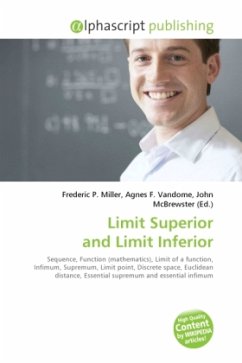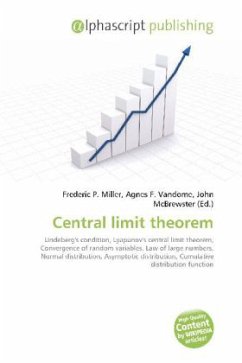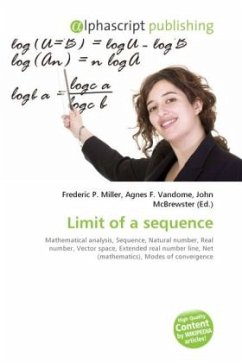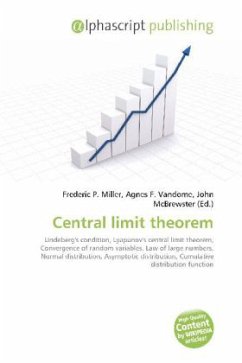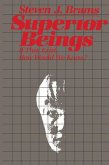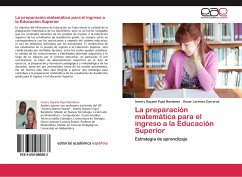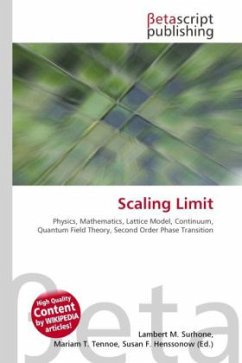In mathematics, the limit inferior (also called infimum limit, liminf, inferior limit, lower limit, or inner limit) and limit superior (also called supremum limit, limsup, superior limit, upper limit, or outer limit) of a sequence can be thought of as limiting (i.e., eventual and extreme) bounds on the sequence. The limit inferior and limit superior of a function can be thought of in a similar fashion (see limit of a function). The limit inferior and limit superior of a set are the infimum and supremum of the set's limit points, respectively. In general, when there are multiple objects around which a sequence, function, or set accumulates, the inferior and superior limits extract the smallest and largest of them; the type of object and the measure of size is context dependent, but the notion of extreme limits is invariant.
Bitte wählen Sie Ihr Anliegen aus.
Rechnungen
Retourenschein anfordern
Bestellstatus
Storno

